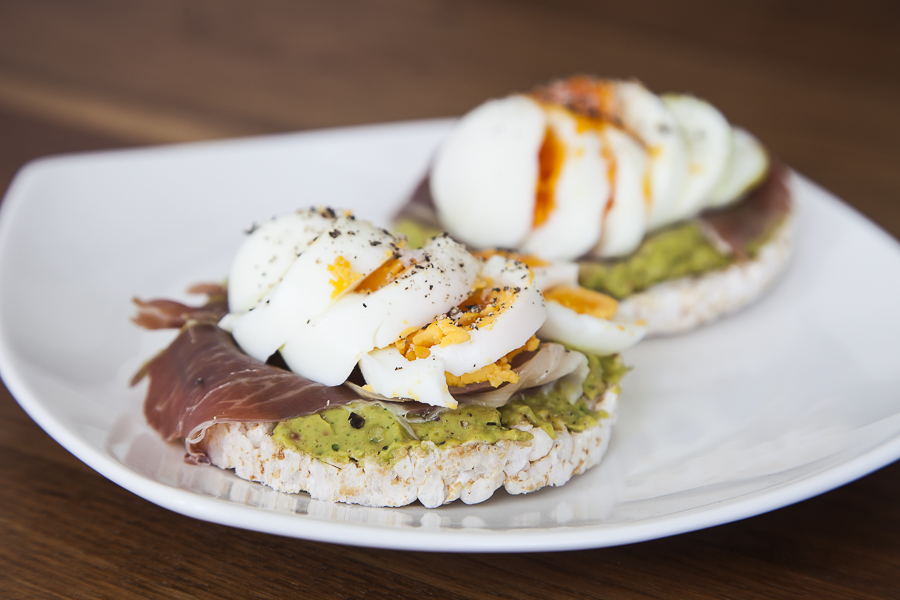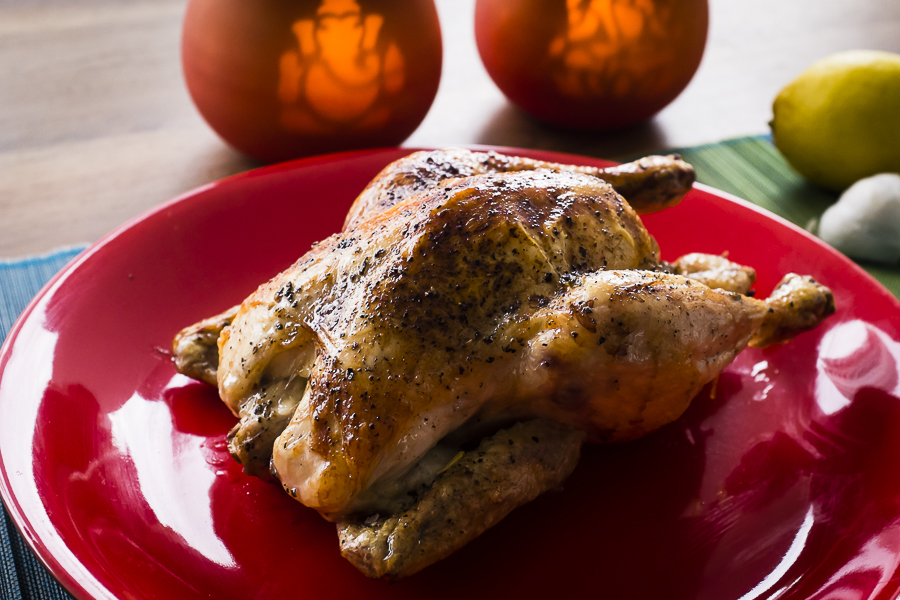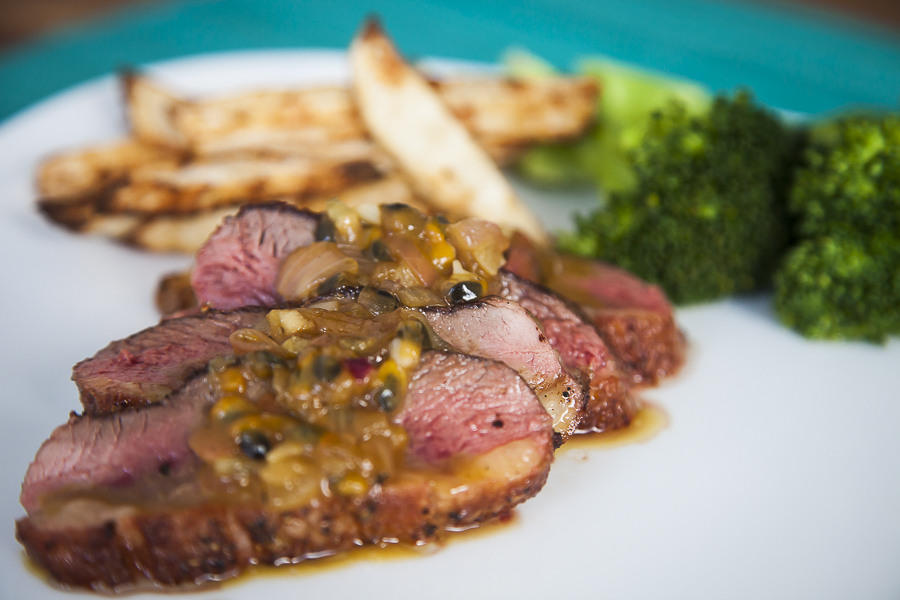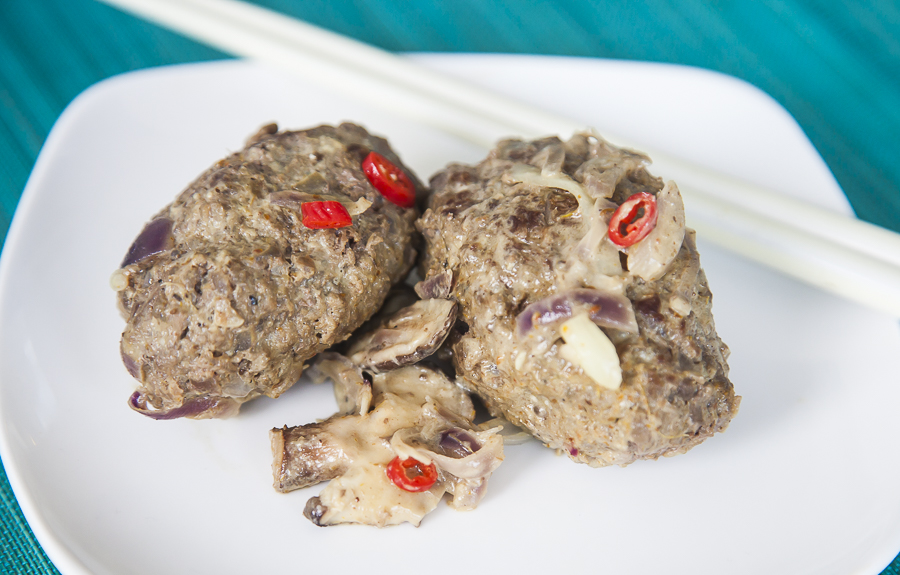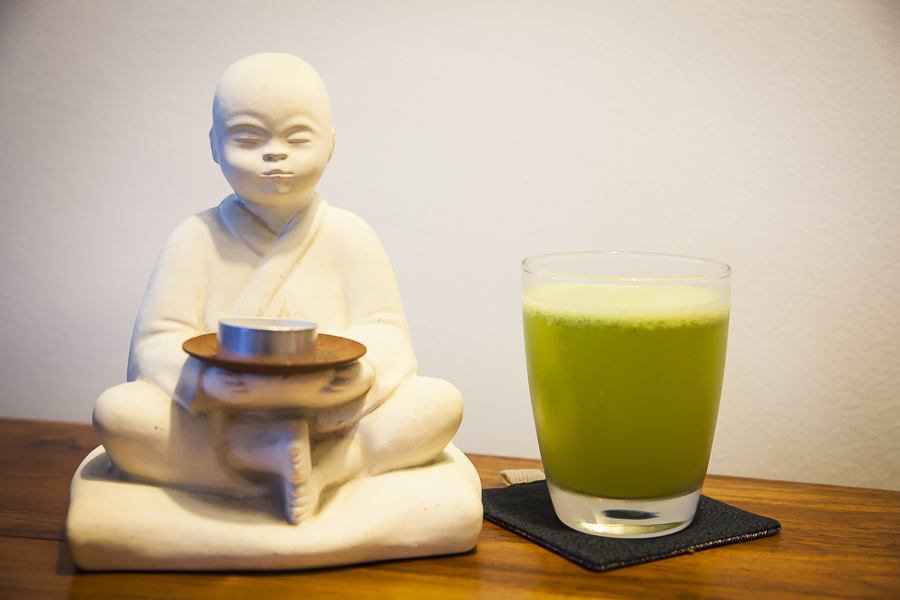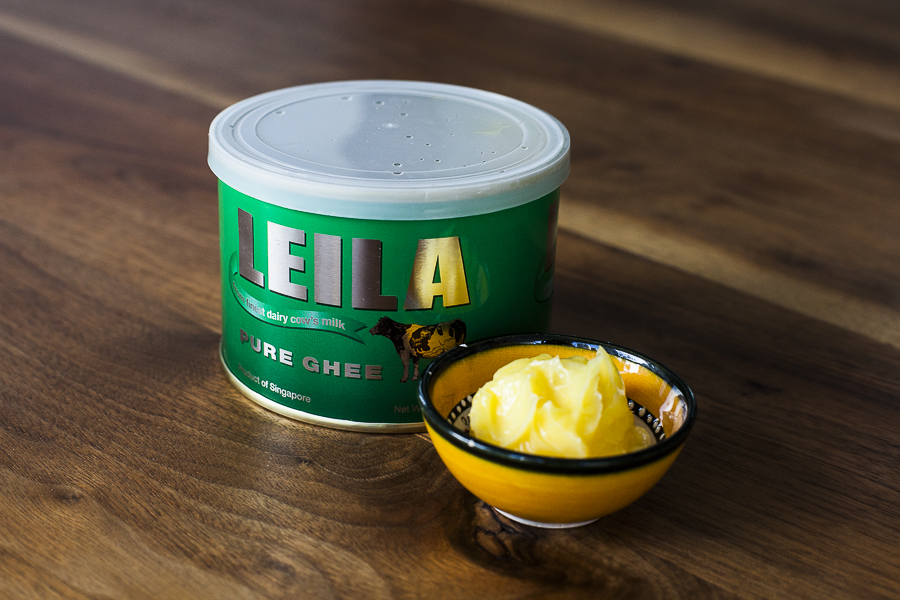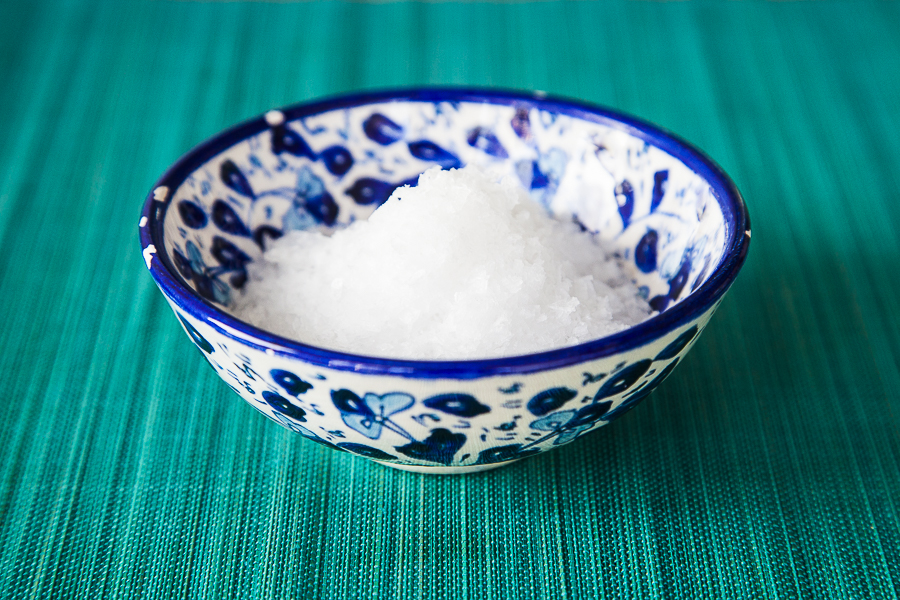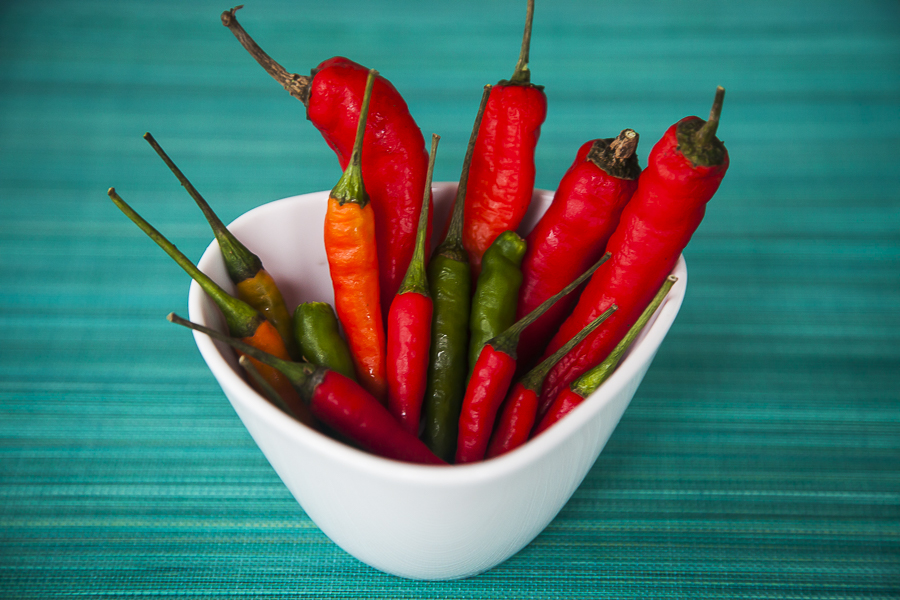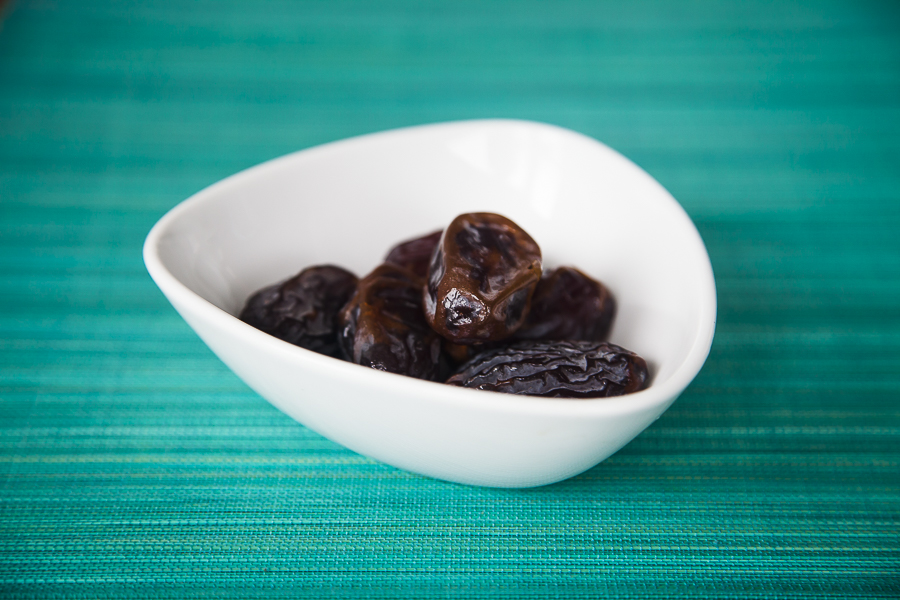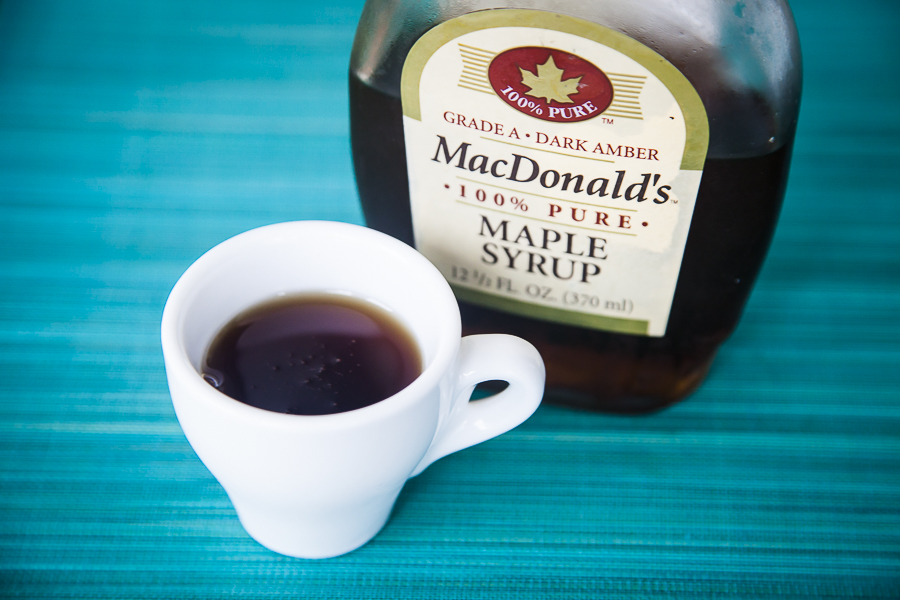When we stopped eating bread we had a gap to fill – those mid afternoon hunger moments, or a quick lunch or breakfast. This recipe has become one of our fall back ones. The avocado spread will keep in the fridge for a couple of days, so you can use it more than once.
Ingredients
- 4 organic rice crackers (we use Kallo Wholegrain Rice Cakes)
- 4 eggs
- 4 slices parma ham
Avocado spread
- 2 Avocados, peeled and seed removed. Roughly chopped
- 1 onion, chopped
- 2 garlic cloves, finely chopped
- handful fresh coriander
- 1 large green chilli, stalk and seeds removed
- 1 tsp cumin
- 1 tsp salt
- a couple of turns of freshly ground black pepper
- 1 Tbsp olive or avocado oil
- sumac
Directions
- Put all the “avocado spread” ingredients except the sumac in the blender. Blend until smooth.
- Add to a bowl and sprinkle over the sumac.
- Cook the eggs in boiling water for 6 minutes until softly boiled, but no longer runny. (You can choose to cook a little longer or shorter according to your personal preference).
- Spread a generous amount of the avocado spread over the rice crackers.
- Top with a slice of parma ham.
- Peel the eggs and slice into 5mm slices. Place 1 egg on each of the rice crackers.
- Serve with some freshly ground pepper, and a little sprinkle of sea salt.
Music to go with it…
Listen on Spotify: French for Rabbits – Spirits

